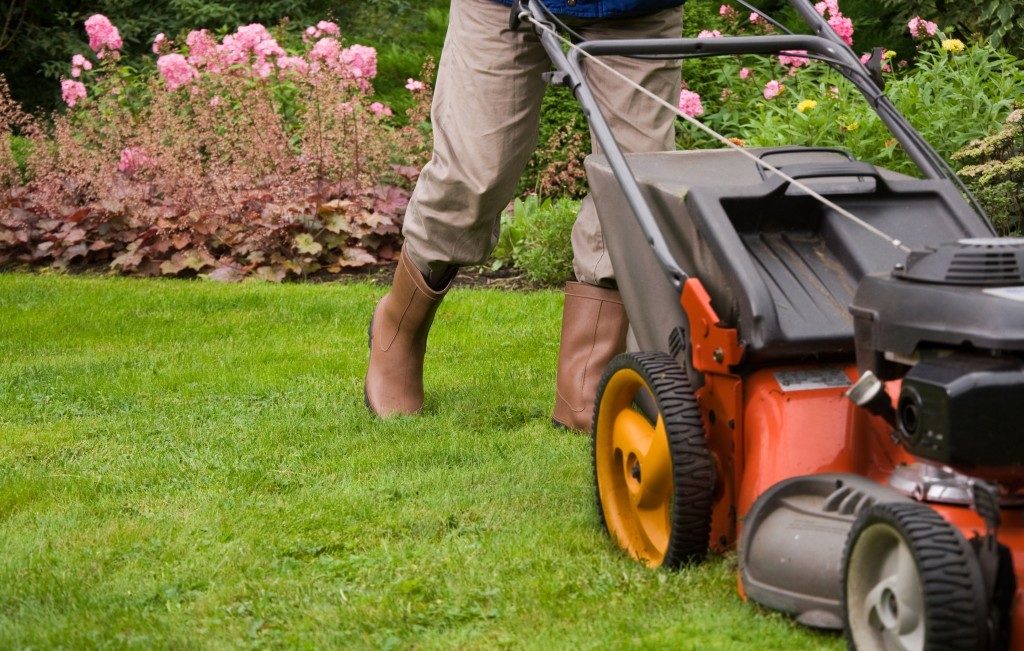Pets are such lovely creatures that many women prefer them over, well, humans. In one survey, about half of the female respondents said they’re better off hanging with their pooch (or probably their feline too) than with any other family member, including their spouse.
In “Creature Connection,” science writer Natalie Angier shared that as many as 40 percent of married women say they get more emotional support from their animal companions than from their spouses.
It isn’t surprising, therefore, that, if given a chance, women who need to relocate tag their pets along. It can make settling down easier because of a more familiar sight.
Animals, dogs especially, seem like excellent listeners too. They can help unload some stress that usually comes with being in a new environment.
The problem is, if humans are fussy travelers, animals are even fussier. Whatever people feel when they’re on a flight, animals are likely to experience them to a heightened degree.
It doesn’t mean you cannot plan to move someplace else and bring a pet with you. But this major life decision also requires careful planning for your furry friends.
Here are three tips to make your pets comfortable, safe, and less scared when traveling:
1. Get an Animal Transport Service
Not many pet owners seem to know that they can already find dedicated animal transport businesses today. They can pick up the animal from the home and deliver them safely to your destination. Some may even have a plane, so your pets don’t languish in the cargo hold.
But that can be a more expensive choice. If you want something cheaper, you can always opt for shared animal transport services, where a typical trip may include two or more pets (but never a lot that the area they’re in feels cramped).
A company may also offer a service called fly and drive. In this arrangement, you fly by plane while your pet travels by land via a car. This way, when you arrive in your new home, a car—and your fur baby—are already waiting for you.
2. Talk to the Experts
First, if you’re traveling by flying, you need to check with your airlines if the animal can board. Not all airlines will allow all pets, especially those with brachycephalic features. It means the pet has a shortened nose or muscle and a flat face.
Inside the plane, temperature and pressure can fluctuate all the time. For dogs and cats with these characteristics, the changes can increase the risk of developing severe respiratory issues.
Some airlines like KLM or Delta may allow some brachycephalic breeds to fly. However, that’s a huge risk on your end. If you want to minimize or avoid that, consider an animal transport service that travels by land.
Second, you have to discuss the health condition and fitness of your pet to travel with the vet. Dogs and cats with heart problems, for example, may not be suitable for flying.

So are severely anxious animals, although the vet can also offer tips to lessen their fright during travel. Usually, these include:
- Training the pet to stay in the kennel for long periods
- Investing in anti-anxiety products, such as Feliway sprays (these are supposed to release familiar pheromones that can help the animal feel more at ease)
- Slowly exposing the dog or cat to different noises or environments
- Considering taking short and long drives to get them more used to traveling
3. Don’t Settle for a Microchip Only
As many as 10 million pets get lost daily, and unfortunately, they can disappear even at airports and during flights. This can happen when a trip involves a change in planes or transiting to another airport.
Should this occur and, for some reason, the airport cannot get a hold of you, the pet may be turned over to the vet office where it will scan for a microchip.
No bigger than a grain of rice and embedded on the animal’s loose skin, this radiofrequency device provides the scanner with a uniquely identifiable number that relates to your pet.
However, according to the American Kennel Club, a microchip is likely to be more effective in reuniting you with your pet if you also register the chip in the pet recovery database. Here, the vet, for example, can obtain more information about the animal. You may even include your contact details and address.
Further, a microchip is just one proof of ownership. You may, therefore, need to have documents like vet receipts and even photos to show that it’s your pet once you’re ready to claim it.
Simply put, if you have a pet, don’t just pack your bags and fly right away. Make sure they’re as comfortable as you during travel. Remember, they too need emotional support.



